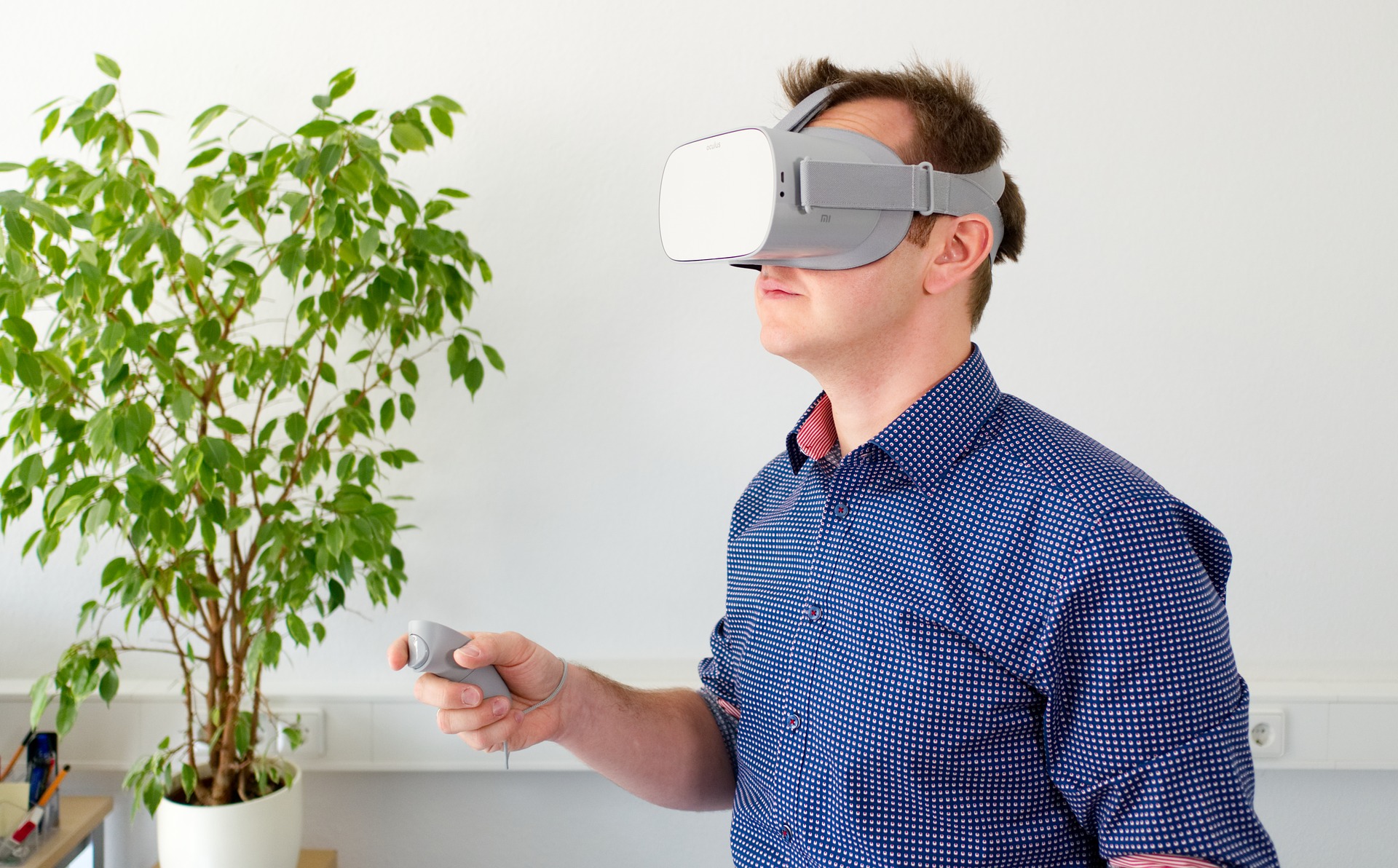AR SDK is a software engine that maintains the functionality of the augmented reality (AR) technology. It combines your digital content with the real world. As it is the SDK which lays the foundation for your AR application’s capabilities, it is vital to choose the best platform for the most sophisticated requirements of your AR project from the start.
We have listed the 8 most popular SDKs used for buildinghigh-quality augmented reality applications.
1.ARKit
Supported platforms: iOS 11/12
This is the world’s biggest iOS platform for AR appdevelopment. It creates consistent andshared AR experiences with both 2D and 3D image tracking and detection, andmuch more.
iOS apps built with ARKit include AirMeasure, WiTag, Solarscene.
2.ARCore
Supported platforms: Android 7.0 and higher, iOS 11and higher.
This is Google’s platform for building AR experiences. It uses different APIs and allows yourdevices to sense their environment and interact with data. Some APIs are available for both Android andiOS devices which enables shared AR experiences.
It uses 3 key capabilities to integrate virtual content withthe real world:
- Motion tracking – which allows your device tounderstand and track its position.
- Environmental understanding – this allows yourdevice to detect both sizes and locations of all types of surfaces. For example, walls, furniture.
- Light estimation – This allows your device toestimate the environment’s lighting conditions.
Examples of ARCore apps include Just a Line, Molecatch, Beer Pong.
3.PTC Vuforia
Supported platforms: Android, iOS, UWP and UnityEditor.
Vuforia is one of the most popular tools among VR/AR/XR app developers and has a user base exceeding 500K worldwide. It has a drag-and-drop interface that aids the processes of AR development and rendering.
Examples Vuforia apps include: Ask Mercedes, Fujitsu
4.Wikitude
Supported platforms: Android, iOS, Windows fortablets, smart glasses (Epson Moverio, Vuzix M100, ODG R-7).
Supported development frameworks: Native API,JavaScript API, Unity3D, Cordova.
Wikitude is the world’s leading indie tech provider andfeatures a global AR development ecosystem spanning over 180 countries. It features more than 25,000 apps.
Its features include both object and scene recognition andimage and cloud recognition. It allows instanttracking, location-based services and offers extended tracking and 3Daugmentations.
5.Maxst
Supported platforms: Android, iOS, Windows, Mac OS,Unity.
Maxst provides the following features:
- Image tracking/object recognition
- Multi-platform support
- External camera input
- Smart glasses support
- Cloud recognition
- All-in-one solutions
Examples of Maxst apps are Canada AR, AR Money.
6.DeepAR
Supported platforms: PC, Android, iOS, Windows, WebGL
The team at DeepAR boasts former NASA software engineers and 3D modelers and developers from Candy Crush. It has 4 effect types: rigid objects, morph masks, deformable masks, and post-processing effects
It is a good solution for developers who want to add thehighest quality, mobile-optimized, Snapchat/Facebook style 3D and realisticface lenses, masks and special FX to iOS, Android, and Unity applications.
Many global brands such as Armani, Sephora, and Ray useDeepAR.
7.EasyAR
Supported platforms: Android, iOS, UWP, Windows, Mac,Unity Editor.
Version 2 has a free library and contains features including 3D Object Recognition, environment perception, cloud Recognition, and app cloud packaging.
It is a good free alternative to Vuforia.
8.Xzimg
Supported platforms: Android, iOS, Windows.
Xzimg offers solutions for augmented vision, augmented faceand magic face.
Wikitude is frequently seen as the leader in SDK, closelyfollowed by ARCore and Vuforia.
Whilst AR SDKs and platforms are a positive and growing trend that will surely drive up AR/VR/XR adoption, you still cannot create excellent AR experiences without involving human AR developers.
This means that the global shortage of AR dev talent is already causing problems and it’s only going to get harder to hire good AR developers. The reasons for this are:
- AR/VR developers are usually a subset of good software developers who are already in short supply
- The gaming industry has already drained the market as it has the highest demand for AR/VR developers.
- In the US, in 2011, there were only around 11,400 graduates with a Computer Science or Computer Engineering degree. Although rising, this number will not fill the estimated 500,000 unfilled developer jobs.
How should we tackle the AR talent shortage issues?
Hiring remote/offshore talent is a good start.
Countries like Ukraine have a vast tech talent pool and offer foreign clients the benefit of cost arbitrage. Ukraine has many top AR-driven startups including Looksery (image processing) which was acquired by Snapchat for $150 million in 2015.
Ukraine has over 20,000 AR/VR developers (including 3D, Unity, Unreal developers, etc) who are employed by the gaming industry alone.

